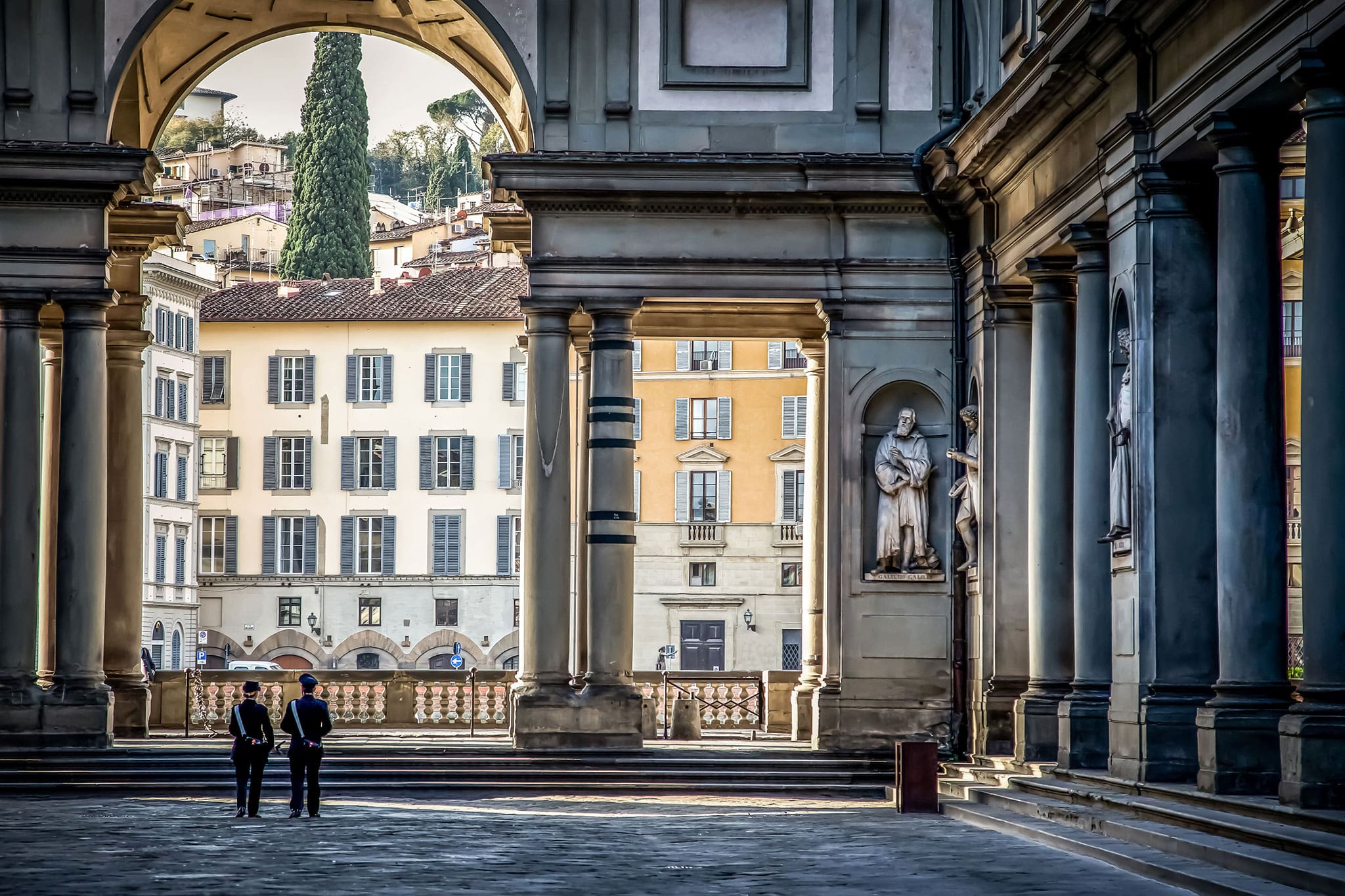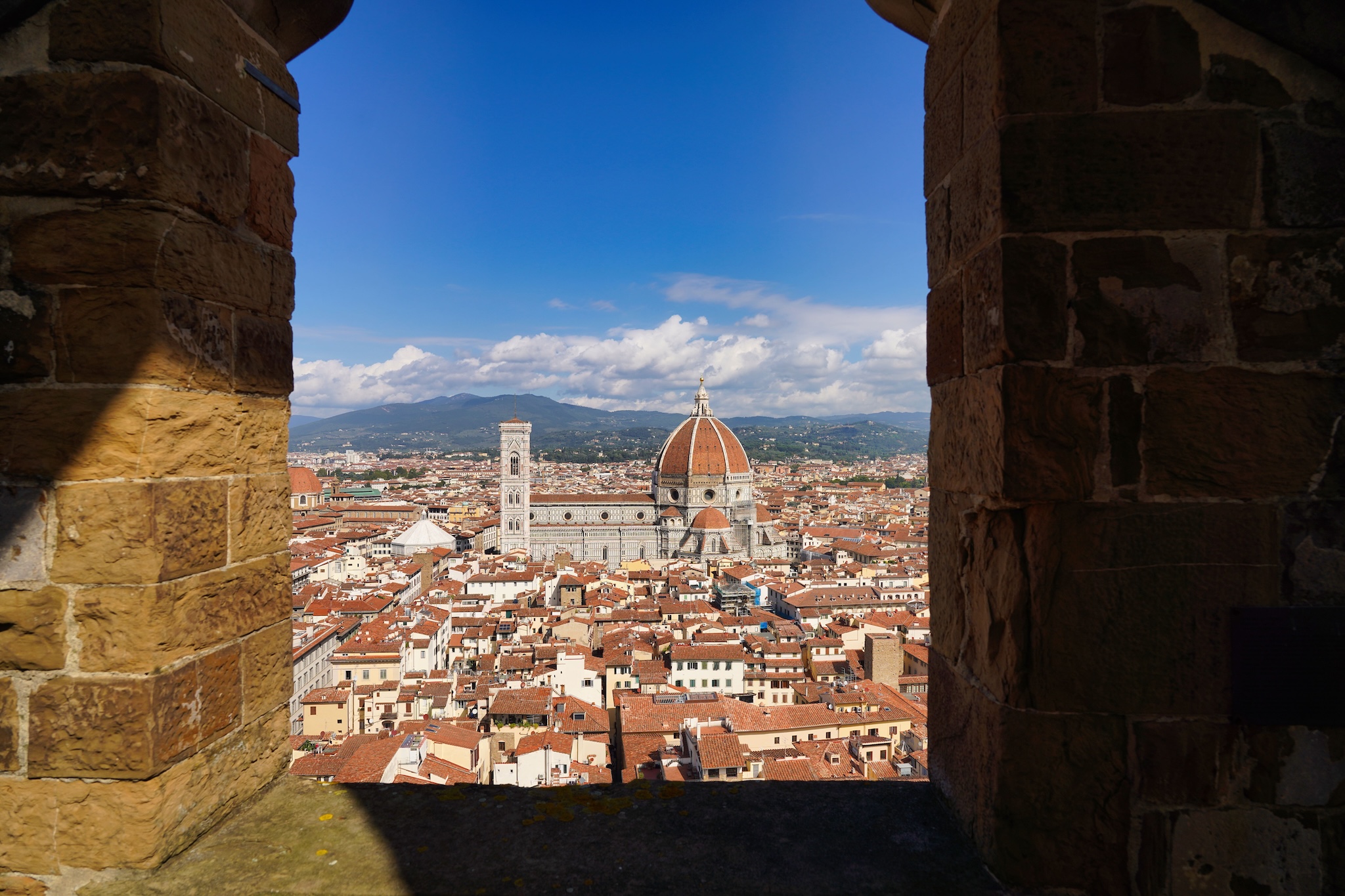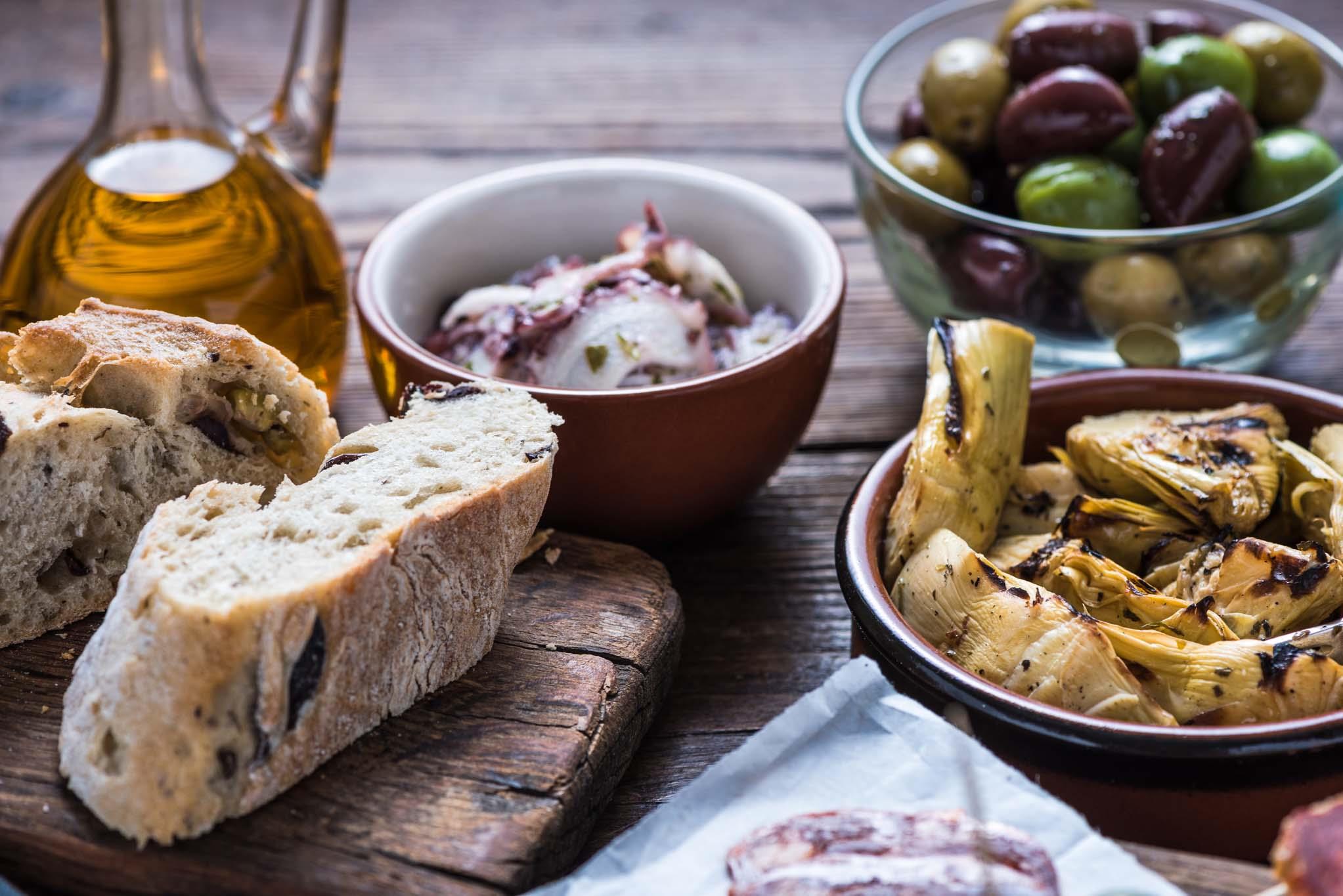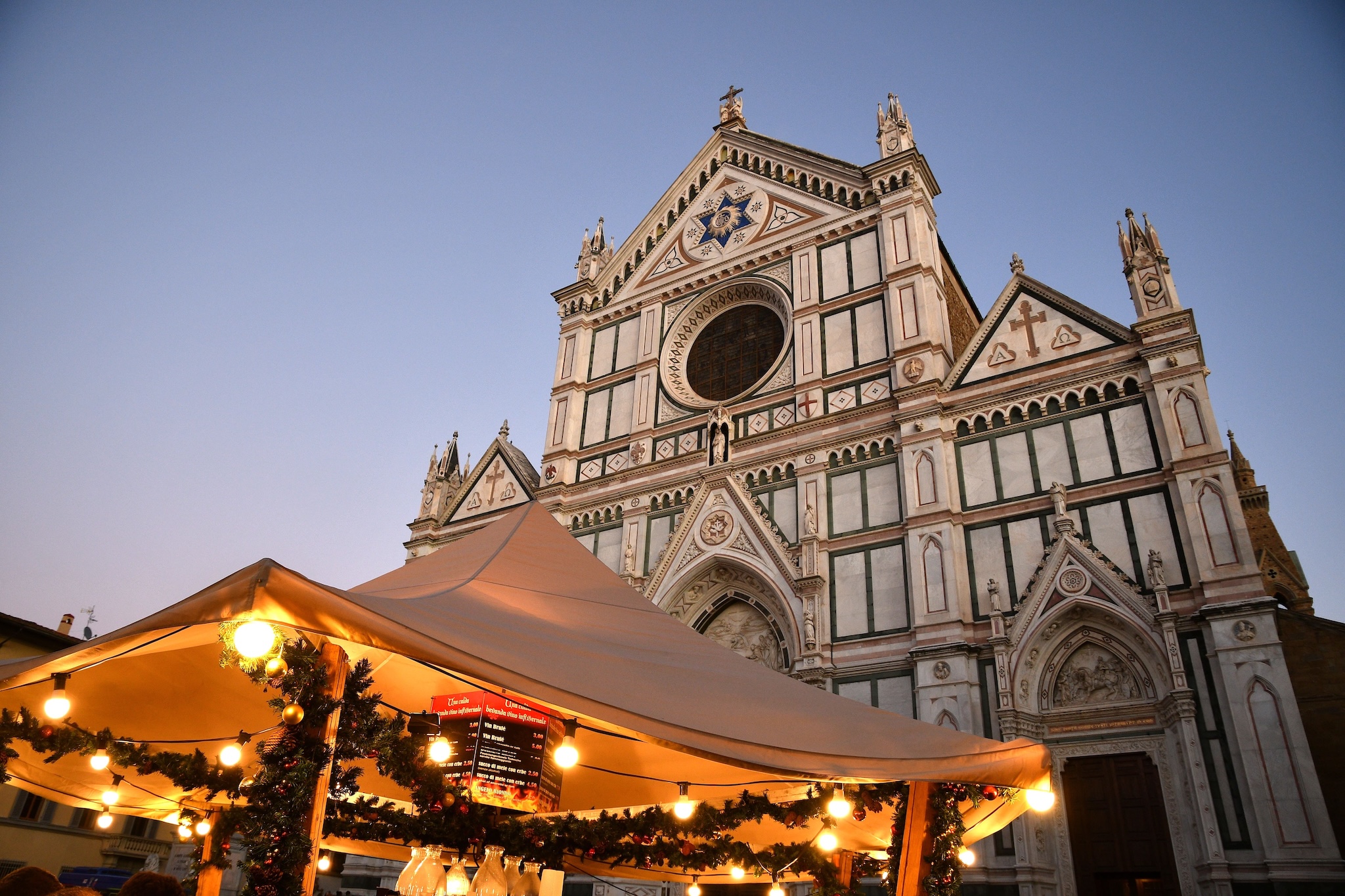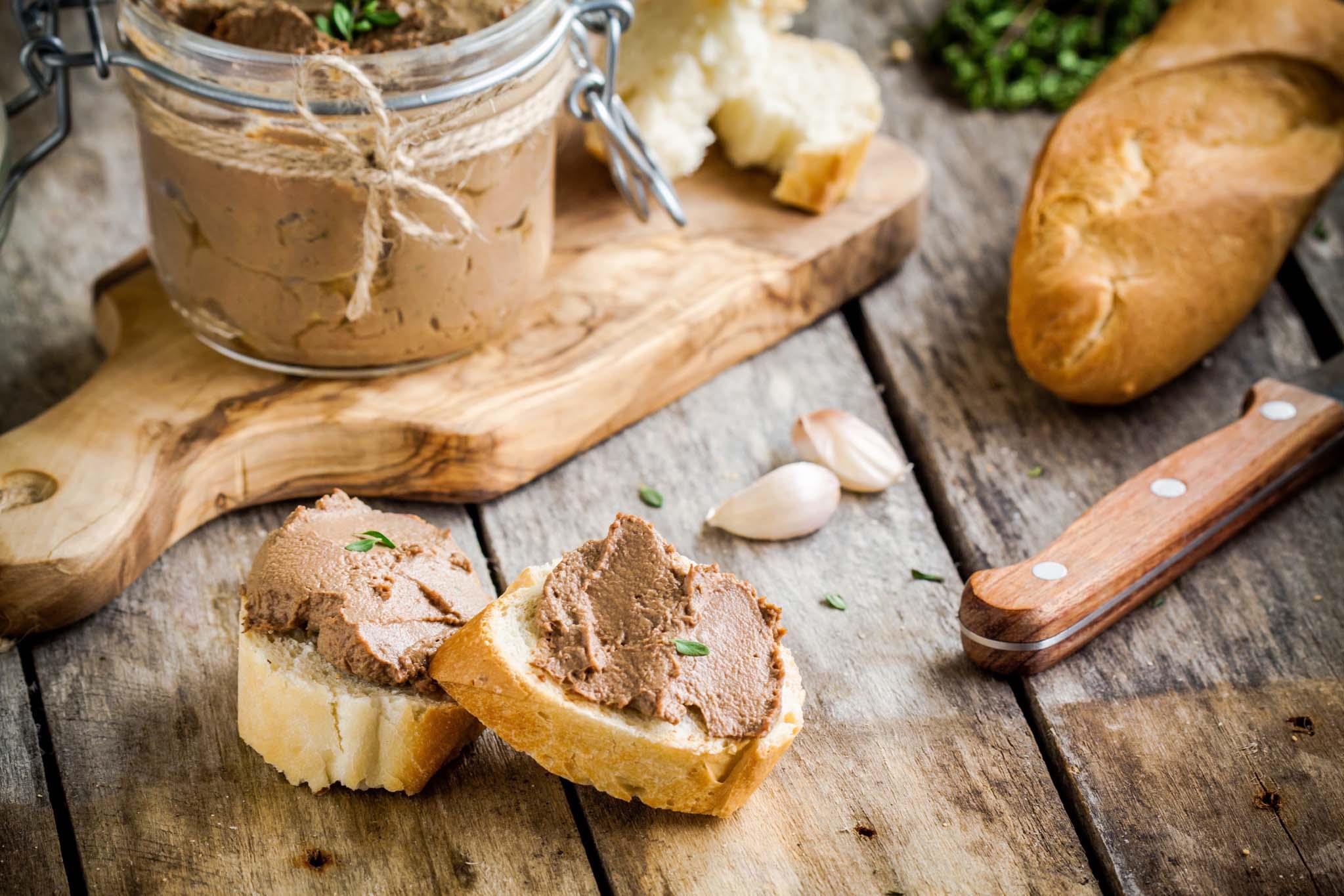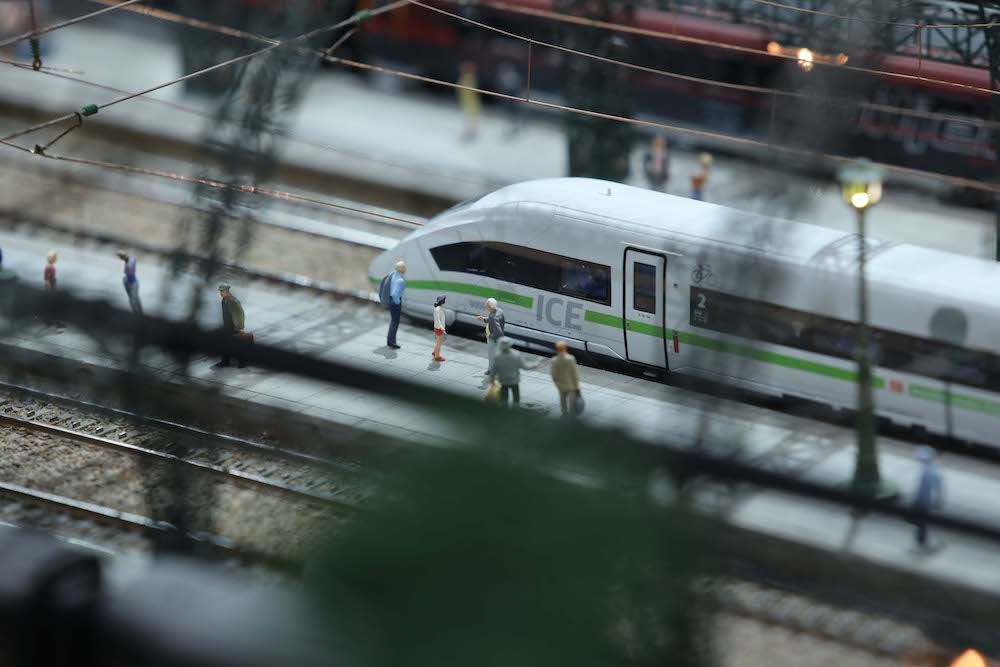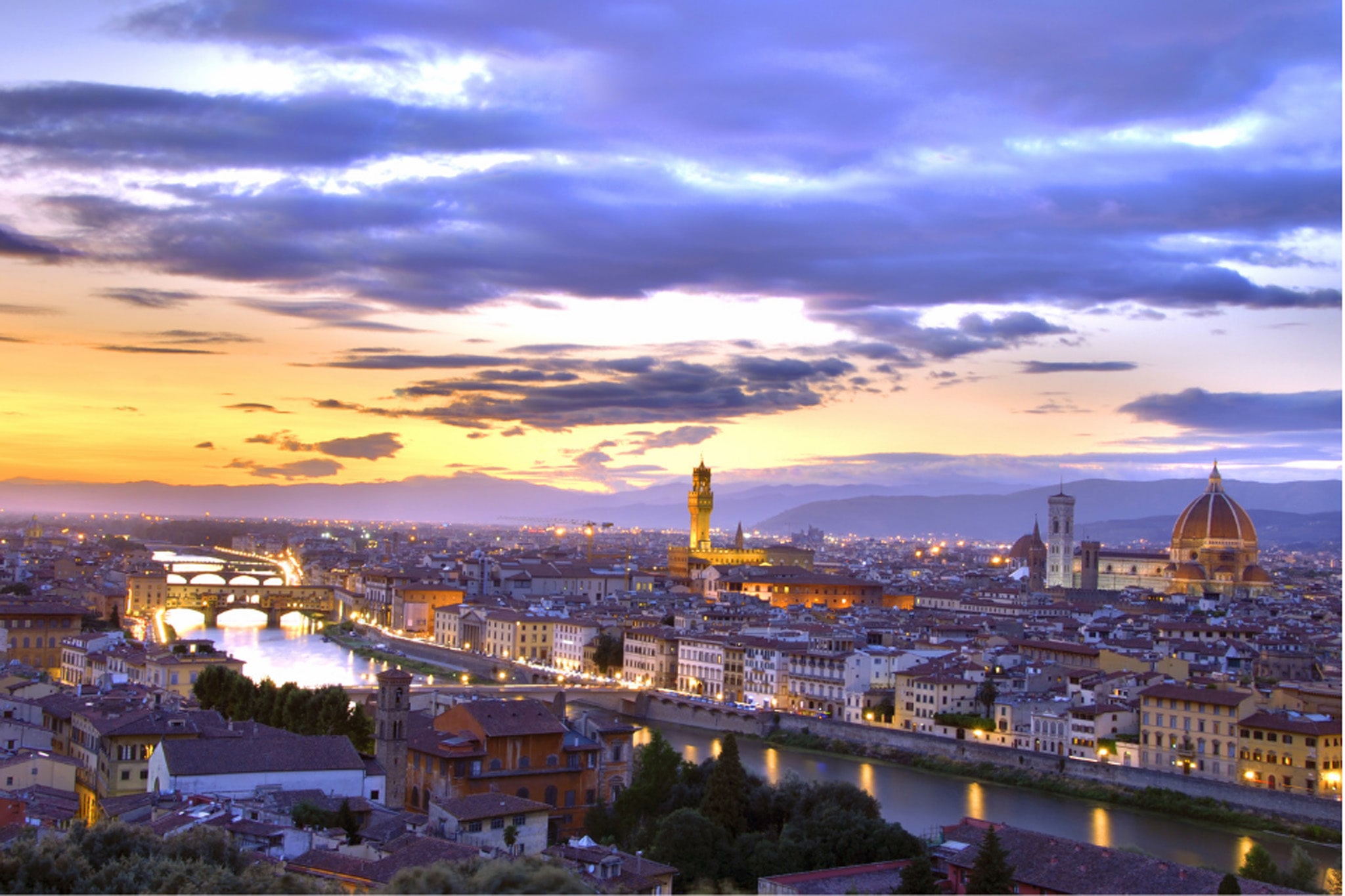A journey through masterpieces and faces that shaped Florence
Once you step into the Uffizi, every room is a leap through time and art. From hu Firenze Certosa camping in town, it’s easy to reach the heart of Florence and immerse yourself in one of the world’s most iconic museums.
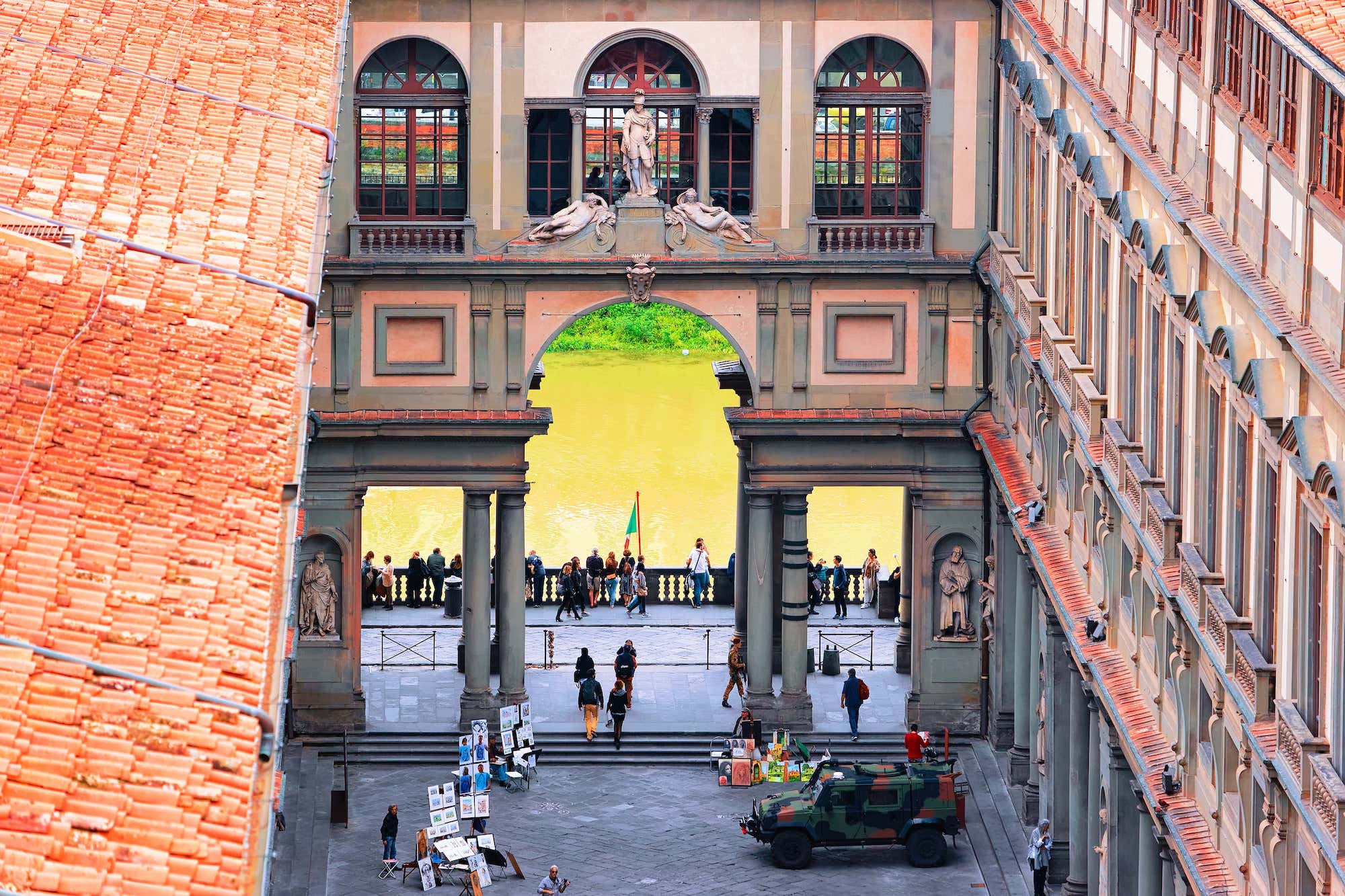
Starting with the masters of the 1200s
In the 13th-century Florentine room, you're welcomed by Giotto’s Maestà di Ognissanti, standing alongside works by Cimabue and Duccio di Buoninsegna. Three altarpieces, three ways of expressing medieval spirituality.
Leonardo da Vinci
Pause in front of the Adoration of the Magi – an unfinished work that speaks volumes. It’s here that you truly sense the power of drawing during the Renaissance. Nearby, The Annunciation, in oil and tempera on panel, captures the moment the Virgin Mary, reading quietly, is surprised by the arrival of the Angel Gabriel.
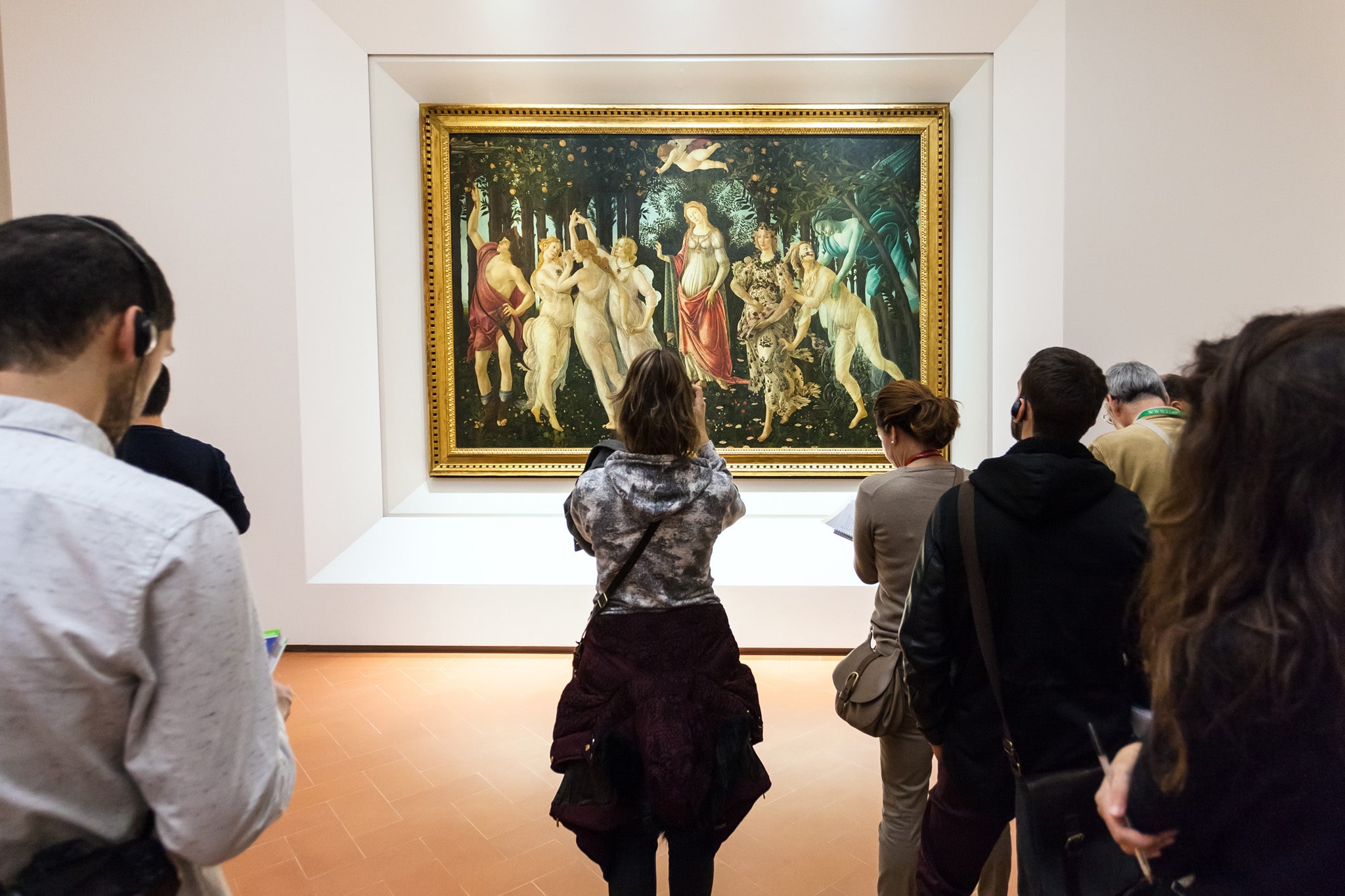
Botticelli: the essence of beauty
In Room 10, you’ll find two of the most iconic works of the Italian Renaissance: The Birth of Venus and Primavera by Sandro Botticelli. These masterpieces blend mythology, nature, and ideal beauty in a dance of grace and light.
Michelangelo’s Doni Tondo
The Doni Tondo is Michelangelo Buonarroti’s only confirmed panel painting – a vibrant, dynamic take on the Holy Family, commissioned by the wealthy Florentine banker Agnolo Doni. It’s one of the Uffizi’s true highlights.
Raphael: elegance and light
With his Madonna of the Goldfinch, painted right here in Florence, Raphael blends harmony and grace. The gentle expressions and soft light clearly reflect Leonardo’s influence, especially in the use of subtle shading and glowing tones.
Titian’s Venus of Urbino
A sensual but composed scene: Titian’s Venus reclines on two cushions in a domestic setting, staring directly at the viewer. The vibrant colors and rich details create a timeless portrait of intimacy.
Caravaggio: shadow and drama
Two unforgettable works await: the provocative Young Bacchus and the famous Medusa, painted directly on a shield. Caravaggio uses shadow not just for effect, but as a tool to make the Gorgon’s head seem to float mid-air.
Faces of Florentine power
In Room 18, Florence’s history takes shape through portraiture. Meet Cosimo I de’ Medici and Lorenzo the Magnificent, painted by Bronzino and Vasari. Two powerful figures, two artistic styles, one city’s legacy.
